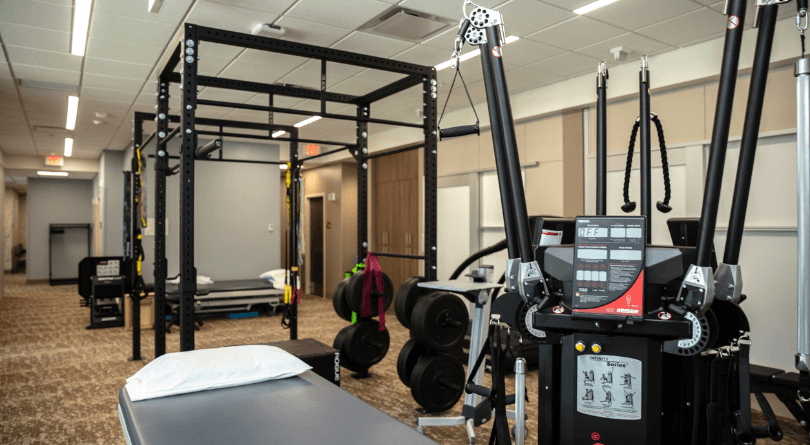Dry Needling
What Is It?
Dry needling is a treatment technique performed by skilled physical therapists trained and certified in the procedure. It is a safe technique in which a thin monofilament needle penetrates the skin and targets underlying musculature for the management of neuromuscular pain and movement impairments. It is used as adjunct to a patient's treatment plan.
Dry Needling vs. Acupuncture
Dry needling and acupuncture are similar in that they use the same tools, but that is where the similarities end. Dry needling is often performed by Physical Therapists, whose training differs from acupuncture practitioners. Acupuncture is based on Eastern medicine, while dry needling is rooted in Western medicine and evaluation of pain patterns, posture, movement impairments, function and orthopedic tests.
What to Expect
Your treatment will begin with a thorough examination and evaluation by a certified physical therapist. From there, the therapist will determine if you will benefit from dry needling. The therapist will go over the risks and benefits of treatment and have you sign a consent form. The therapist will palpate the desired muscle(s) and begin inserting the needles. Most patients will not feel the needle penetrate the skin but will feel varying degrees of discomfort when the needle reaches the desired muscle. Patients often describe the feeling of a muscle cramp while the needle is inserted. The needles are left in place for varying amounts of time, with the therapist closely monitoring throughout treatment. In total, treatment will take anywhere from 15-60 minutes depending on how many muscles/muscle groups are needled. After treatment, the therapist will encourage normal movements throughout the day. You may feel muscle soreness similar to working out that lasts for 1-2 days before subsiding. Overall dry needling is a very safe and effective treatment for musculoskeletal conditions.
Who Will Benefit
Patients suffering acute and chronic pain and those recovering from injury. Common conditions seen:
- Neck pain
- Headaches
- TMJ
- Shoulder impingement
- Low back pain
- Hip/buttocks pain
- IT band syndrome
- Knee pain
- Plantar fasciitis
Providers:
Jordan Miller, DPT: Spinal Manipulation Institute
Lon Kratochvil, PT: Myopain Seminars
Resources:
- Mayoclinic.org
- Clevlandclinic.org
- Spinal Manipulation Institute
- Myopain Seminars





